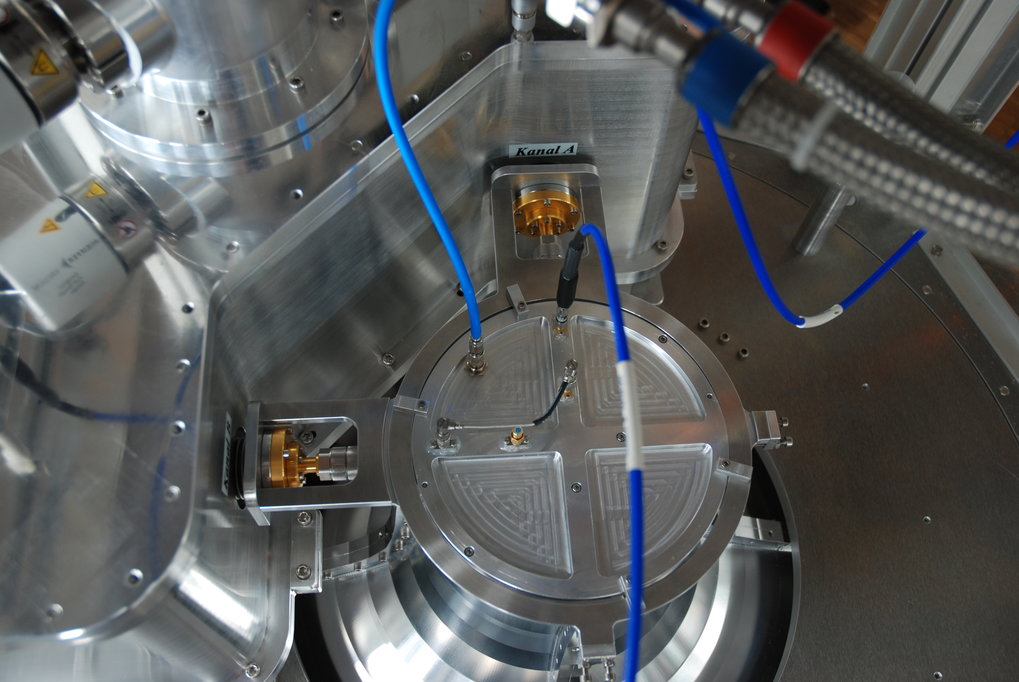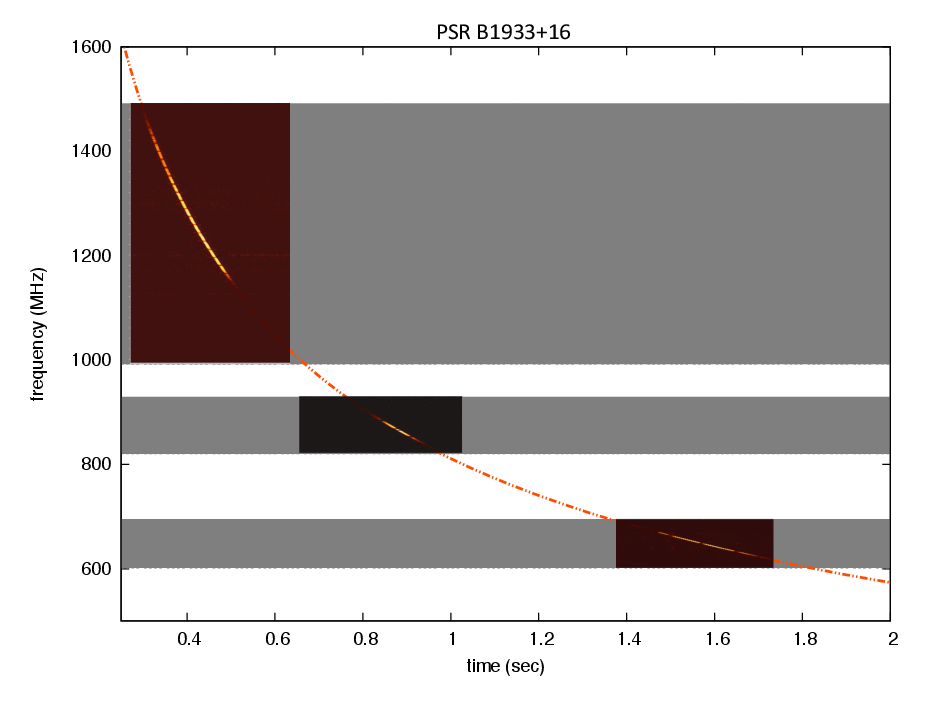Motivation, Funding and Current Status


Fig. 2: The unique quad ridge design of the horn, which makes the receiver sensitive to frequencies between 0.6 and 3 GHz. |

Fig. 3: Top view, illustrating the connection between the horn and the dewar, where the cryogenic low-noise amplifiers are installed. |
